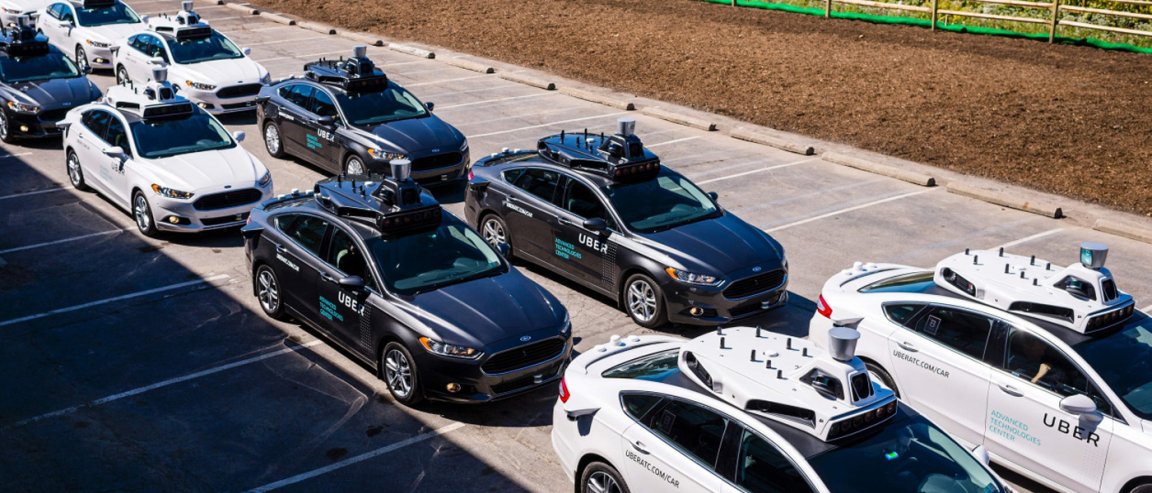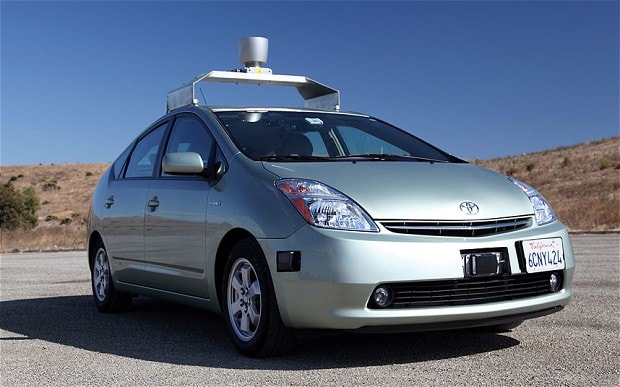
Right On Track
On average, each American spends hundreds of hours driving every year. Countrywide, that equates to billions of hours spent on the road, and this has a rather notable impact on health—indeed, on lives. Each year, thousands of people in the U.S. die in car crashes, with a staggering 94 percent of those crashes caused by human error.
The innovation of automated vehicles comes with the promise of faster and more efficient transportation. With the reduction of human error and improved traffic systems, a higher quality of life awaits at the end of the road to widespread integration of autonomous vehicles. This could potentially prevent nearly 100 percent of car accidents, and now the White House is offering its support.

Shifting Gears
Current federal motor vehicle safety standards don’t address automated vehicle technology, but the White House is looking to change that. The administration’s new set of policies will place the Department of Transportation at the helm of development, situating the government in a position to inspect and approve self-driving technologies.
With this in mind, the guidelines released underscored important issues that need immediate attention, such as safety expectations. However, they weren’t so specific and restrictive that pioneers like Lyft, Uber, and Tesla will be left with no room to innovate. As US Transportation Secretary Anthony Foxx noted, “Our intention is to cover the waterfront as best we can. There’s going to be a need for conversation over the long term.”
The pivot towards autonomous and semi-autonomous cars definitely signals a transition in the transportation industry. This nascent development promises not only hours and dollars saved with efficient travel routes, but also the potential to prevent hundreds of vehicle-related deaths.